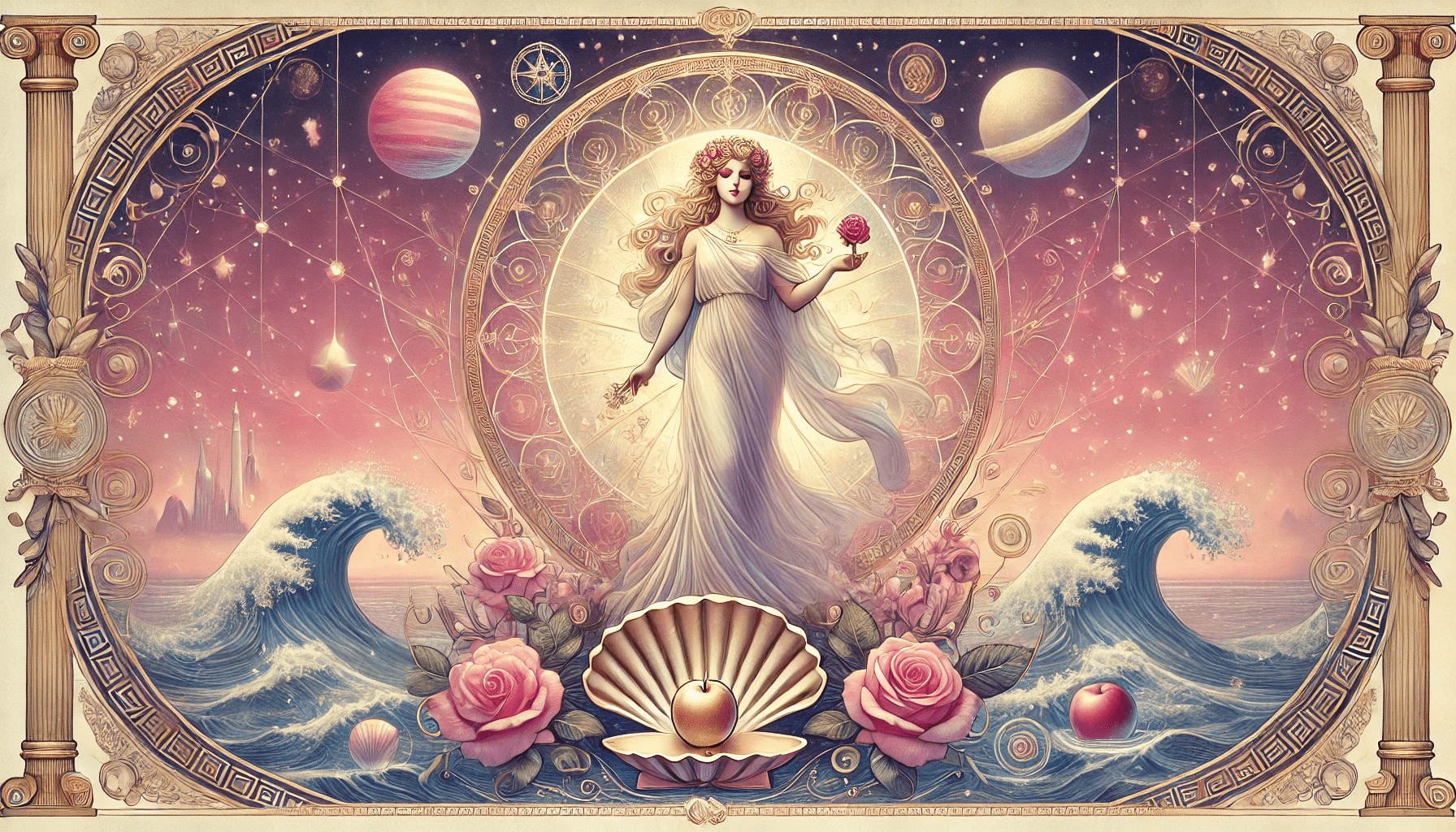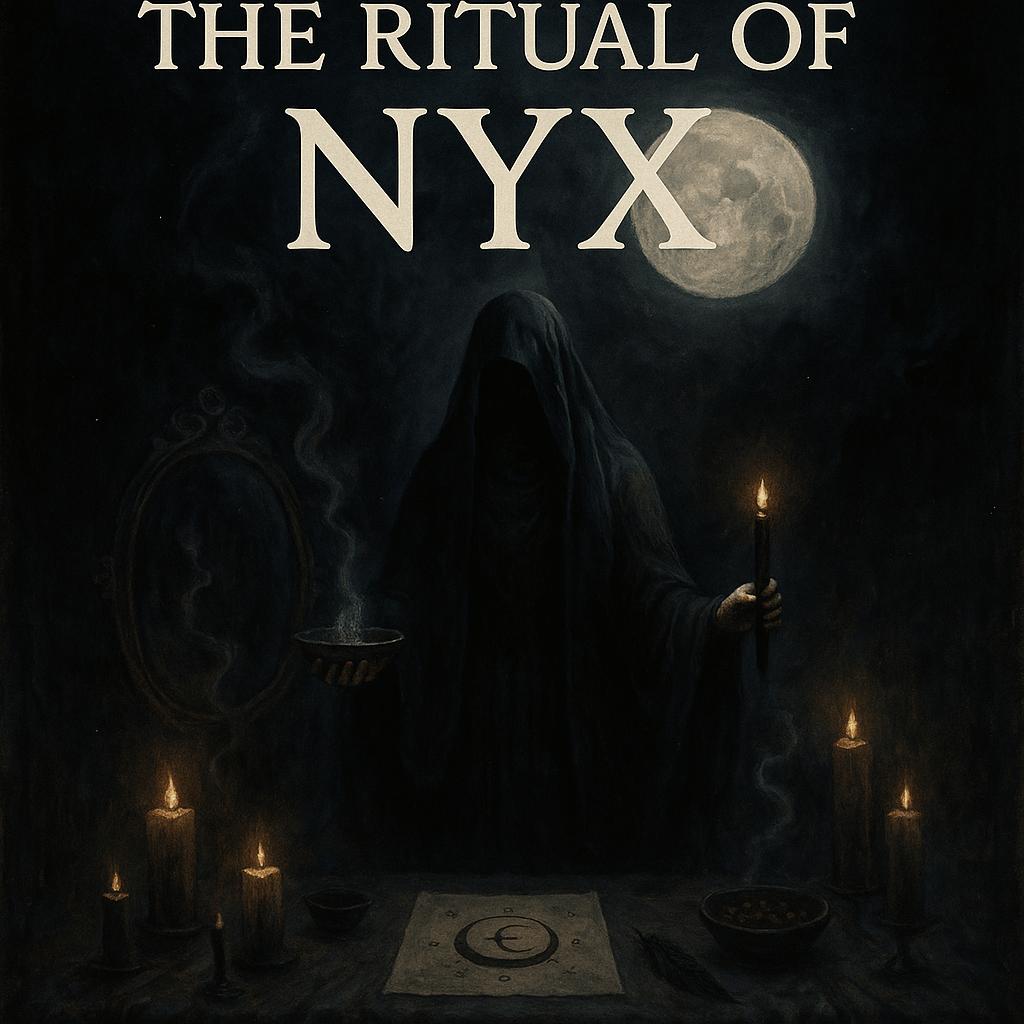Your cart is currently empty!

Erotic Mysticism: Aphrodite’s Path to Divine Union
Erotic mysticism, particularly as it relates to Aphrodite, occupies a deeply esoteric and often misunderstood realm of spirituality. Rooted in the belief that physical passion and divine transcendence are interconnected, it explores the use of erotic energy as a medium to access higher states of consciousness, spiritual awakening, and intimate union with the divine. In the context of Aphrodite, erotic mysticism was not simply about physical pleasure but about harnessing the transformative power of desire as a sacred act.
This aspect of Aphrodite’s worship was veiled in secrecy, reserved for those initiated into her deeper mysteries. It was a spiritual practice that aligned the mortal with the divine, turning physical experiences into profound acts of devotion and connection.
The Philosophy of Erotic Mysticism
Sacred Eroticism
At its core, erotic mysticism views erotic energy—desire, attraction, passion, and love—as a manifestation of divine power. For devotees of Aphrodite, these energies were not base or sinful but holy and essential to the cosmic order. Love and desire were seen as primal forces capable of bridging the gap between mortal and divine.
The act of erotic union was therefore not merely physical but symbolic. It represented the merging of opposites—body and spirit, mortal and immortal, masculine and feminine—into a state of unity. In this way, love and passion were elevated to the status of a spiritual practice.
Love as a Cosmic Force
Aphrodite’s domain extended far beyond romantic relationships. She embodied love as a cosmic force—the energy that draws all things together, from atoms to stars, from lovers to gods. Her erotic mysticism celebrated this force as the heartbeat of creation, a dynamic energy that could uplift, transform, and even destroy.
Devotees of Aphrodite believed that by fully surrendering to love, in all its forms, they could glimpse the divine. Erotic mysticism was a means to transcend the mundane and connect with the infinite.
Practices of Erotic Mysticism
Erotic mysticism was expressed through rituals, meditations, and sacred acts that centered on the transformative power of desire. These practices were often deeply personal and sometimes communal, depending on the specific tradition or cult.
1. The Body as Sacred Vessel
In Aphrodite’s erotic mysticism, the human body was revered as a sacred vessel for divine energy. Devotees were encouraged to honor their bodies and the bodies of others as manifestations of the goddess herself. This belief led to practices such as:
- Ritual Anointing: Sacred oils and perfumes were applied to the skin to purify and consecrate the body, turning it into a temple for the goddess.
- Mirror Work: Devotees gazed at their reflections, invoking Aphrodite’s essence and meditating on their own divine beauty. This practice was not vanity but a form of self-love and spiritual alignment.
2. Erotic Union as Divine Communion
In some cults of Aphrodite, erotic union was seen as a direct means of connecting with the goddess. These practices varied in intensity and purpose:
- Symbolic Union: Through meditation, visualization, or artistic expression, devotees would imagine themselves merging with Aphrodite or embodying her essence, allowing her energy to flow through them.
- Sacred Sexuality: In more literal expressions, sexual acts—whether with a partner, a priestess, or even as a solitary practice—were elevated to the level of ritual. The participants would invoke Aphrodite’s presence, offering their pleasure and intimacy as acts of worship. These rites often emphasized mutual respect, love, and the intention to transcend the physical realm.
Sacred Prostitution
In cities such as Corinth and Paphos, priestesses of Aphrodite engaged in sacred prostitution, where acts of intimacy were viewed as offerings to the goddess. Those who participated believed they were channeling Aphrodite’s energy, blessing their partners and themselves with her divine favor. Far from being stigmatized, this practice was celebrated as an act of sacred devotion.
3. Chanting and Incantations
Erotic mysticism often involved the use of sacred chants or incantations to invoke Aphrodite’s energy. These incantations were sometimes whispered during moments of intimacy or during solitary meditations to align the practitioner with the goddess’s vibration.
For example:
- Mantras of Desire: Practitioners might repeat invocations such as, “Aphrodite, goddess of passion, fill me with your light. Let my love awaken the divine within.”
- The Hymn of Aphrodite: Ancient hymns, such as those attributed to Sappho, were recited or sung as devotional acts, awakening the sensual and spiritual energies of the goddess.
4. The Erotic Dance
Dance played a significant role in the worship of Aphrodite, especially in her mysteries. Devotees would perform dances that mimicked the waves of the sea, the sway of the wind, or the undulating movements of passion. These dances were spontaneous, ecstatic, and deeply personal, designed to dissolve the boundaries between self and divinity.
Mystical Symbols in Erotic Practices
Certain symbols were central to the erotic mysticism of Aphrodite. These objects and imagery held esoteric meanings and were often used in rites and rituals:
- The Rose: A symbol of love and sensuality, the rose represented the unfolding of the heart and the soul’s connection to the divine.
- The Shell: Linked to Aphrodite’s oceanic birth, shells symbolized fertility, femininity, and the hidden treasures of the soul.
- The Mirror: Beyond its connection to beauty, the mirror was a symbol of self-awareness and the ability to reflect the divine.
- The Apple: Representing temptation and desire, apples were often used in rituals to invoke passion or to signify the union of opposites.
Erotic Mysticism and Transformation
Awakening the Divine Feminine
Erotic mysticism was especially powerful for women, who saw Aphrodite as a divine reflection of their own femininity. By embracing their desires, their sensuality, and their creative potential, women could awaken the “divine feminine” within themselves—a state of spiritual empowerment and wholeness.
For men, the path of erotic mysticism often involved surrendering to the goddess’s energy, learning to balance their own masculine forces with the receptive, nurturing aspects of Aphrodite’s essence.
Healing Through Desire
Desire was not seen as something to be suppressed but as a force that could heal and transform. Aphrodite’s worshippers believed that by fully experiencing and embracing their desires, they could release shame, guilt, and fear, stepping into a state of divine love and acceptance.
The Union of Opposites
A key theme in Aphrodite’s mysticism was the reconciliation of opposites: male and female, body and soul, light and dark. In this way, erotic mysticism became a path of balance and integration, helping devotees achieve a sense of unity and peace.
Modern Interpretations of Erotic Mysticism
In contemporary spiritual practices, erotic mysticism continues to inspire seekers of the divine feminine. While modern interpretations often focus on self-love and empowerment, the core principles remain:
- Sexual Energy as Sacred: Practitioners view their own desires as a source of creative and spiritual power.
- Ritualized Self-Care: Acts of self-care—like bathing, dressing beautifully, or anointing oneself with oils—are transformed into sacred rituals honoring Aphrodite.
- Meditation on Pleasure: By consciously experiencing pleasure, whether through intimacy, art, or nature, practitioners tap into the divine flow of life.
Conclusion: The Forbidden Path Erotic mysticism reveals the power of Aphrodite as more than a goddess of love—she is a guide to the mysteries of creation, transformation, and divine connection. To walk her path is to embrace the forbidden, to see love and desire not as fleeting emotions but as profound forces that shape the cosmos. Through erotic mysticism, her devotees find the divine not in temples or heavens, but within their own hearts and bodies, where love burns eternal.






